Funny thing… Six months ago I was asked to speak on a panel of Guam filmmakers about women as directors despite the fact that I had not yet made a feature. It felt a bit like a sham, but the festival director insisted so I did it. Fast forward to today and I can proudly report that I’m almost done with my first documentary film, “American Soil, Chamorro Soul.” If you’ve been following me, you know this has been a labor of love, a truly indie production that I hope to finish by the end of the year.
I’m not one of those people who idolized Steven Spielberg or dreamt of being a filmmaker growing up. I started making this film because I just felt compelled. It is a story that has not been told in the way I envisioned it, so I made a trailer, started fundraising, held a casting call, hired a crew, and started production. Six months later, I’m reflecting on what I learned (as well as the mistakes I made).
Find a Unique Point of View
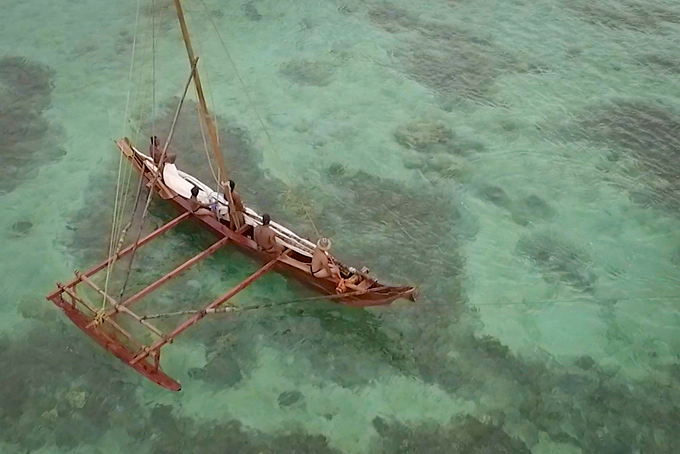
I didn’t want to create a film that had already been done. I wanted to do something completely new. Ambitious? Yeah, but otherwise, what is the point of filmmaking? If you think you’ve got a great idea for a documentary, ask yourself, Has this already been done? If so, Can I do better? If not, go back to the drawing board and find a truly unique story. Sometimes the story isn’t new, but the point of view is. Find an underrepresented culture, group, or even a location and build your story from there. God knows we don’t need another hipster doc or surfing montage!
Seek Out Characters
I had a concept before I had the participants, so I held a casting call. I was glad to discover even more people with a passion for the subject of my film (culture lost). I found the rest of my cast through networking and recommendations. The more vocal, the better! The last thing you want is to find “normal” people. Seek out those who are passionate, eccentric, or, at the very least, enthusiastic. It takes some time to convince some people to be “real” on camera, but creating an environment of trust and respect allows people to “go there.”
Learn the Do’s & Don’ts of Conducting Interviews

Interviews are the core of documentary filmmaking. I consider myself a people person, but I did research about how to conduct interviews to make sure I wasn’t being overconfident. I did very little directing of the interviews and let my subjects answer questions at their own pace, but I always ended by asking them if there was anything they wanted to add. Some of my best material came from going “off script.”
The other important point to remember is not to interrupt your interviewee if it’s not necessary. Often, my patience paid off and my cast talked about things that I would not have known to ask about!
Create a File System (And Stick to It)
My DP and I agreed it was important to be organized, so we numbered and labeled all our files by person, scene and audio/video. We made separate folders for interviews, B-roll, and stills. It’s a simple thing, but a lifesaving way to find footage after you’ve filled an entire hard drive or two.
Watch the Dailies
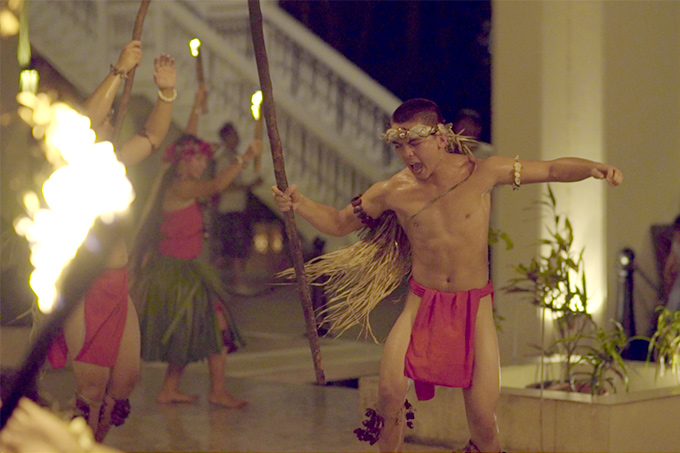
I should have paid better attention to the dailies while I was shooting. I watched them the first day then I slacked off. I didn’t realize that we were making some mistakes with the camera settings. There’s no way to catch everything while you’re shooting a documentary. Real life just moves too fast, which is why analyzing your work at the end of the day is such a necessary thing.
Back That Thing Up
I had to learn the hard way. A few years ago, my iMac went kaput in the middle of “Downton Abbey” and couldn’t be recovered without an output of time and money. (Fortunately, Apple covered the expense because there was a recall on hard drives.) I learned that redundancy is a good thing and set my Time Machine to automatically back-up my entire HD and external drives daily. I’m so paranoid now, I’ve even thought of putting a hard drive with all my film footage in a safety deposit box. I just might.
Less is More
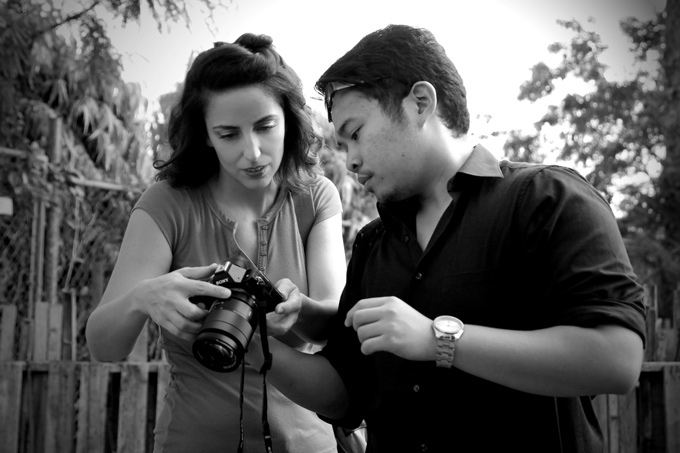
As a travel photog, I am alway in search of that one piece of gear that will eliminate three others. I want to travel light and efficiently. I would wear my camera in a holster if I could!
I watched Brandon Li shoot with only a Sony Alpha a7S and a couple of lenses when we produced my first Guam film trailer in March. I decided then to make the switch from my Canon 7D Mark II to the much lighter Sony A7s. Going from Canon to Sony has spared my back several pounds of gear.
The Sony is mirrorless and looks more like a point and shoot than a DSLR. It is always my goal NOT to look like a tourist, so it’s perfect for travel. I invested in top quality Sony Zeiss lenses instead of using a Metabones adapter and Canon lenses. I’m very happy with the Sony A7s and I even dabbled with the Sony Alpha a7R II (42 megapixels vs. only 12), but ultimately returned to the A7s with its superior low-light ability.
The other great thing about the Sony A7s and Sony lenses is the stabilization. When traveling, I sometimes go with just a monopod. For the doc, we used a heavy duty tripod, but no steadicam, crane, or dolly was necessary. Less is more!
In addition to having minimal equipment, I recommend shooting with a small crew. For documentaries, the goal is to capture the real, the spontaneous. The less people involved, the more agile I can be as a director and the more comfortable my cast feels.
Know Your Camera
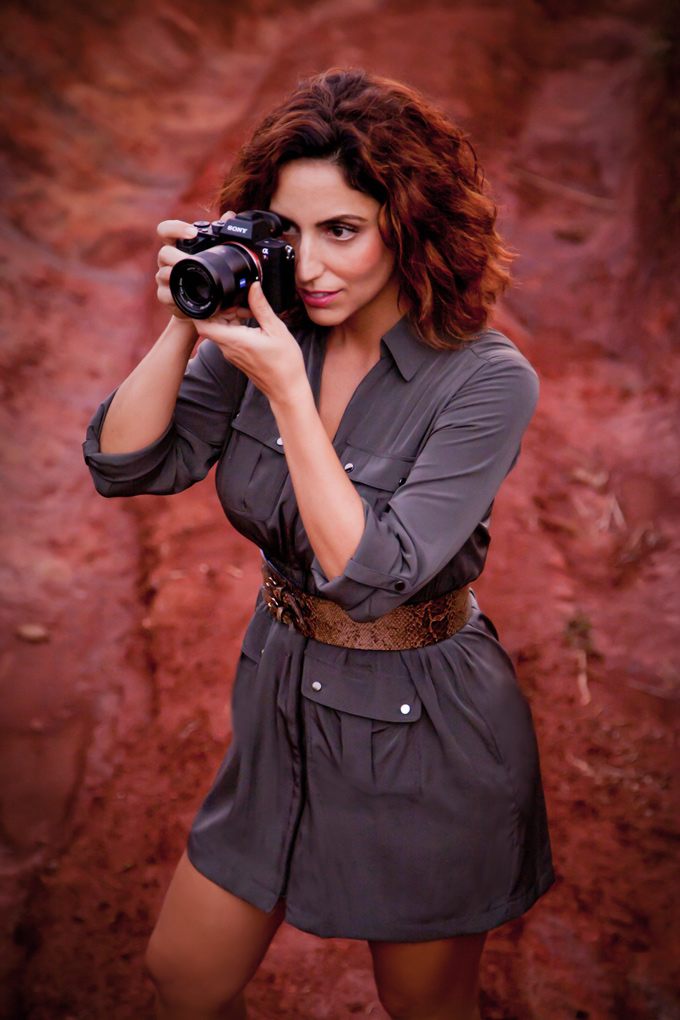
Should you shoot s-log or not? Raw or .mov? Each camera is different. Do test shots with different settings to determine if you want to shoot flat (s-log) or with a preset color profile. Some cameras, like the A7s, don’t handle s-log well and the result is that this amazing low-light camera produces grain in even slightly shady settings. You will save yourself anxiety, time, and money in post if you get it right in production. I wish I had spent an extra week doing test shots. Big mistake!
Understand Frame Rate
My DP and I discussed each scene before we shot to determine if the action warranted shooting at a high frame rate (fps). The high fps is good for slo-mo in post, as the more frames available, the smoother the motion. Interviews can be shot in standard fps of 24 or 30, whereas our action scenes needed to be 60 or even 120 (though that meant downsizing to 720p).
Treat Your Crew Well
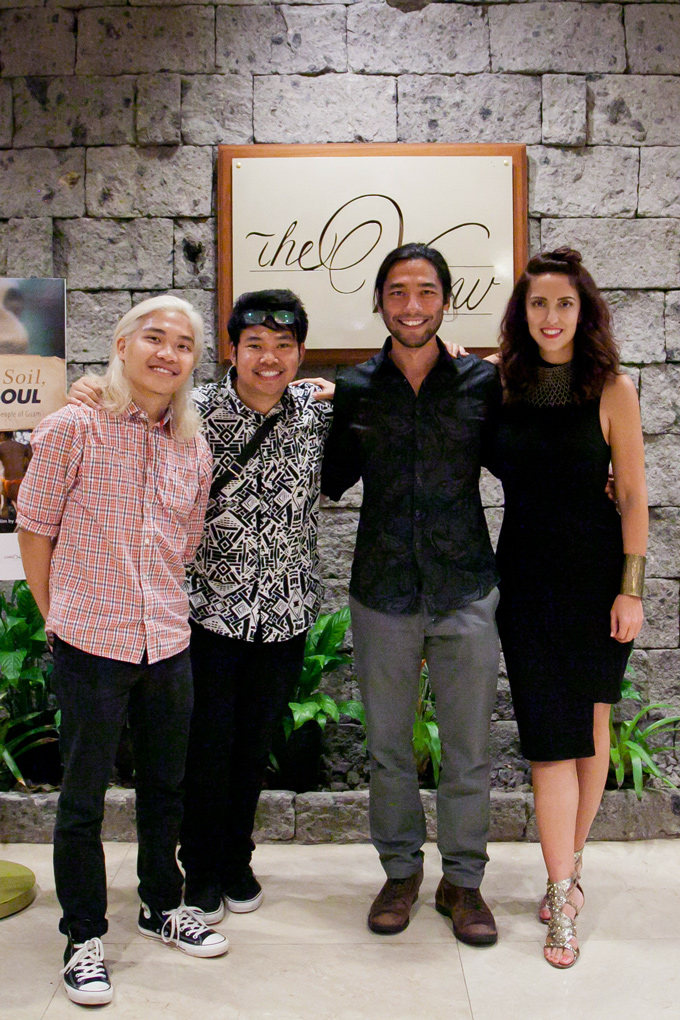
I was pleasantly surprised with how well my crew worked together. Most of our shoots consisted of the DP, sound recordist, and me. At other times, we had BTS (behind the scenes) photographers and aerial camera operators. I made sure to provide catering when the shoot warranted it and paid my crew on time. The great thing about working with a small crew is that all voices can be heard. I invited my crew, who is more experienced than I am in some areas, to give input on everything from gear to art direction. After all, I hired them because they are pros.
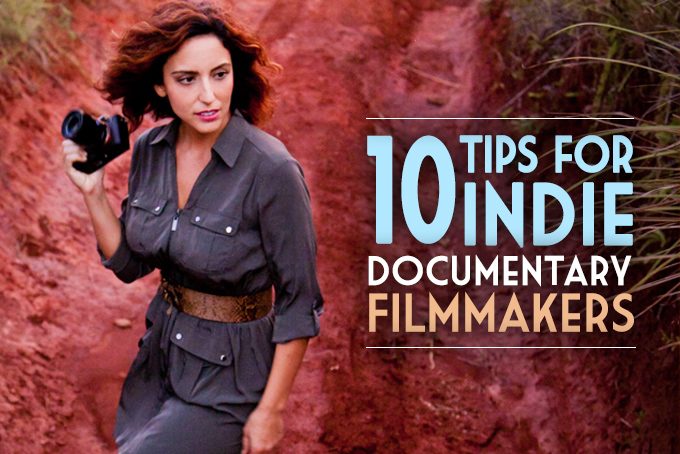
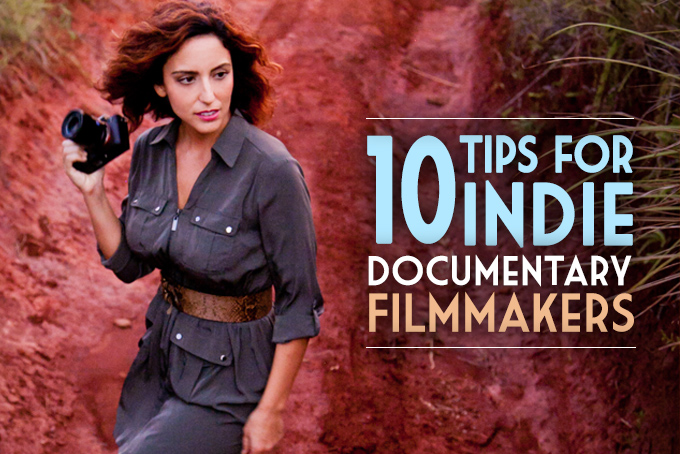
Comments 6
October 13, 2015 at 3:56 pm
I saw the trailer of your documentary film American Soil, Chamorro Soul during the Guam International Film Festival and I am excited to watch it.
October 15, 2015 at 2:23 am
Hi Zenaida. So cool. Wasn’t GIFF awesome this year?
October 15, 2015 at 6:31 am
Yes, GIFF was absolutely awesome this year. Looking forward for next year’s GIFF.
December 18, 2017 at 9:27 am
Nice little list, thanks. Think I’ll join your blog as I get ready to embark on my great little film.
December 18, 2017 at 9:37 am
Thanks, Don! Glad the list is helpful. What’s your film about?
January 10, 2019 at 6:54 pm
This is so helpful. Amazing work – can’t wait to watch American Soil, Chamorro Soul